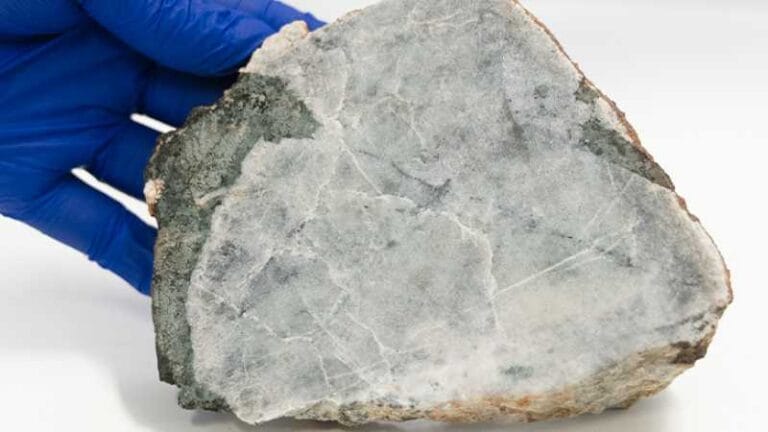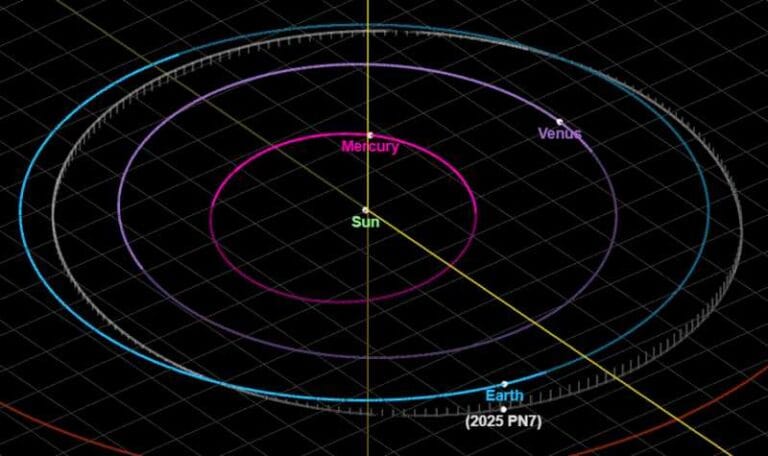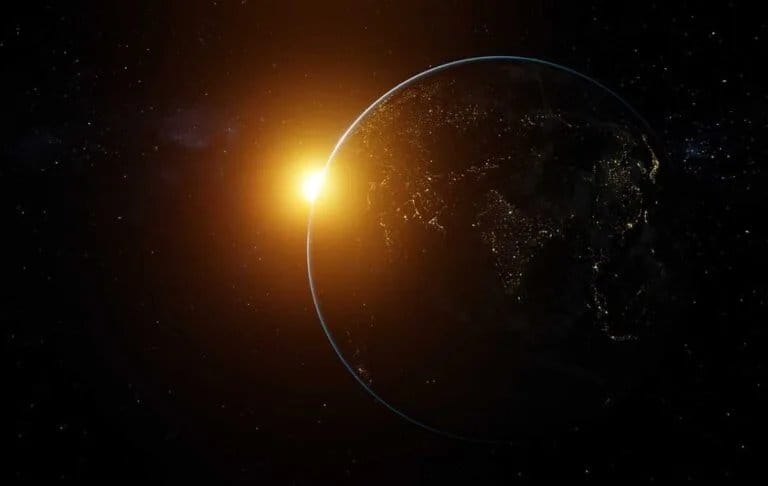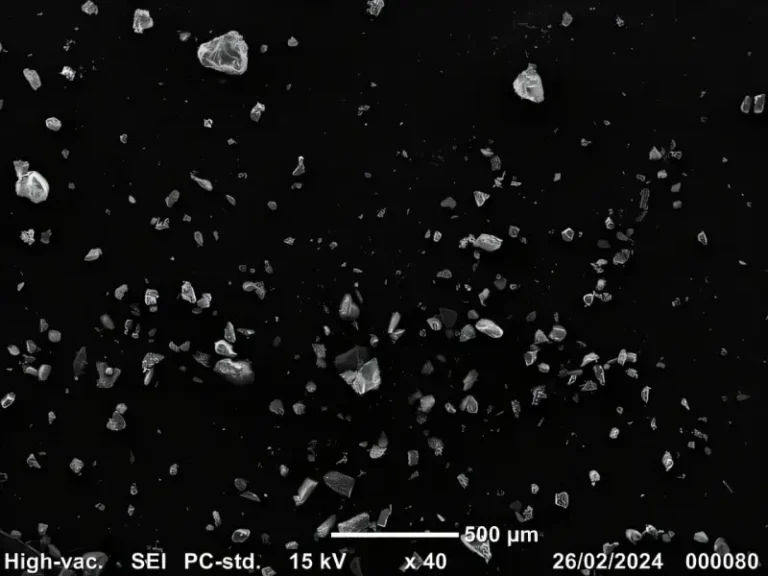NASA reestablishes communication with Voyager 1
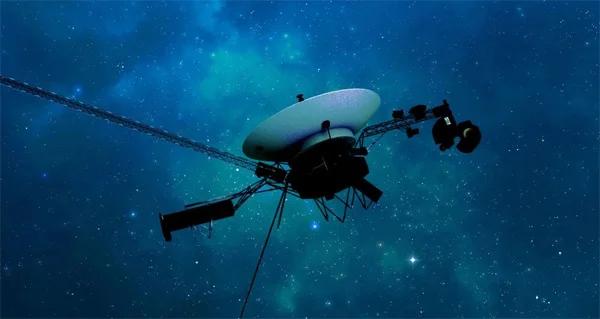
The venerable Voyager 1 spacecraft is finally calling home again. This comes as a huge relief to mission engineers, scientists and Voyager fans around the world.
On November 14, 2023, the aging spacecraft began sending what appeared to be a string of gibberish words back to Earth. She appeared to be receiving commands from Earth and appeared to be functioning well. It just wasn’t returning any useful science and engineering data. The team’s engineers began running diagnostic tests to find out whether the spacecraft’s onboard computer was giving up the ghost. They also wanted to know if there were any other problems going on.
After all, it wasn’t entirely surprising that Voyager 1 would have problems. And this is not the first time that Voyager 1 has sent data with errors . It has been hurtling through space since its launch in 1977. Currently, the spacecraft is moving away from the Solar System toward interstellar space. The spacecraft’s systems will eventually fail due to age and lack of power. But people always held out hope that they would last as long as possible. That’s because Voyager 1 is probing unexplored regions of space.
What happened to Voyager 1?
The diagnostic test led the engineering team at NASA’s Jet Propulsion Laboratory to examine old engineering documents and manuals for the onboard computers. Ultimately, they discovered that the flight data subsystem (FDS) was having a problem. In the spacecraft’s data handling pipeline, this system takes information from instruments and packages it into a data stream for the long trip back to Earth.
It turns out that FDS has a small memory problem. Engineers discovered this by poking the computer – literally sending a “poke” command to Voyager 1. This caused the FDS to reveal a readout of its memory – including the software code and other code values. The reading showed that about 3% of the FDS memory is corrupt due to the failure of a single chip. This is just enough to stop the computer from doing its normal job of packaging scientific and engineering data. Unfortunately, engineers cannot replace the chip. It can’t be fixed, so the technical team created a workaround.
Fixing the faulty code and chip
So how did engineers manage to traverse 24 billion kilometers of space to restore communication with Voyager 1? They focused on a specific part of the computer. The loss of code on this faulty chip made it impossible for the computer to do its job. So they figured out a way to divide the code into sections and store them in various places in the FDS. Then they had to get the sections to work together to accomplish their original work.
They started by taking the code that packages the engineering data and moving it to a secure location in the FDS. Then, they sent some commands to the spacecraft for the FDS to carry out some tasks. This worked because on April 20, they received feedback from the spacecraft with clear, intelligible data. Now they just need to do the same thing with other parts of the code so the spacecraft can send back scientific and engineering data.

For now, at least, science and engineering teams can check the health of the spacecraft and its systems. Once they relocate the other parts of the code and test them after the change, they should be able to start receiving scientific data again. This may take several weeks to do. They are communicating with a spacecraft that is 22.5 light hours away, so having a long diagnostic conversation with Voyager will take some time. That’s not the only problem engineers have had to face recently with Voyager 1. In October 2023, they worked to overcome a fuel flow issue affecting its thrusters.
Voyager 1 in history
Voyager 1 was launched on a planetary flight path on September 5, 1977. It passed Jupiter in March 1979 and Saturn in November 1980. The mission then turned into a long period of exploration and left the heliopause in 2012. On its way out of the Solar System, the spacecraft also “looked back” at Earth. Now, it is exploring the interstellar medium, but has not yet crossed the Oort Cloud, the outermost part of the Solar System.

Several of Voyager 1’s science instruments are turned off, including the ultraviolet spectrometer, plasma subsystem, planetary radio astronomy instrument, and scanning platform. In the not too distant future, more instruments will be turned off, along with the data tape recorder, gyroscopes and other systems will be deactivated. At some point in the next decade, the spacecraft won’t have enough power to keep anything running, and that’s when we’ll finally lose contact with Voyager 1.
This will likely occur in the mid-2030s, and by that time Voyager 1 will have been “in service” for about 55 years. Together with its twin, Voyager 2, this spacecraft began the exploration of the outer solar system and interstellar space. They will continue in the stars, their latest mission being a calling card for any civilization that might encounter them in the distant future.
This article is republished from Universe Today . Read the original article.

